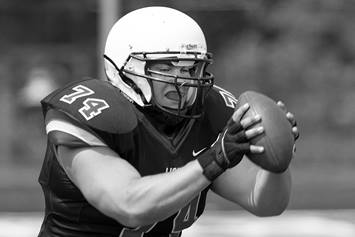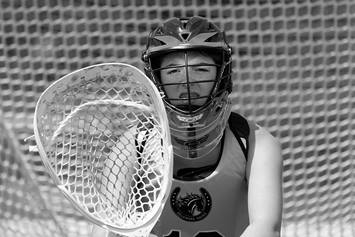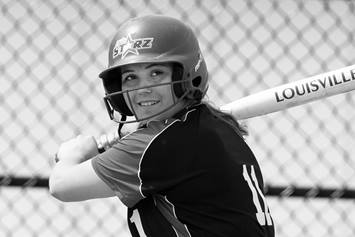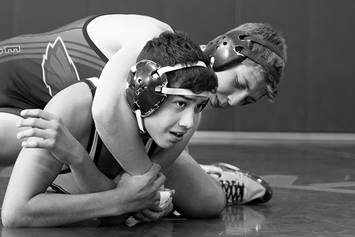Sports Medicine Resources
Nationwide Children's Sports Medicine staff partners with parents and coaches to focus on injury prevention, conditioning and age-appropriate activities. We have compiled sport-specific information as well as general resources to help young athletes and the people who provide their training. In addition to the information on this page, browse our articles or find the answer to a frequently asked question.
To help reduce risk of injury some fundamental factors are key with all sports:
- Warm-ups – do not just perform static stretching, focus on a dynamic (movement based warm-up) that exaggerates the joint range of motion and allows the athlete to begin to break a sweat.
- Focus on control of the movements such as proper squatting, lunging, etc. Performing these exercises with good control will promote strength, motor skill memory, and range of motion to help reduce injury rick and optimize strength gains.
- With most sports you also want to try to work in all 3 planes of motion – sagittal, frontal, and transverse. If you are only working one plane in an exercise routine you are not training the muscles in all facets and that may contribute to injury
- Core strength – we have heard it all before, core, core, core. And it is very true that proper training and development of core muscles will enhance athletic movements, increase balance, and explosive power.
- Programs and exercises should be taught by a qualified instructor and training routines should be supervised.
What about winter and spring sports? What should these kids be doing in the summer?
- Winter and spring sports should begin a schedule of supervised training about 12-16 weeks before the first practice and should train 2-4x per week focusing on all necessary aspects and utilize the key components identified earlier.
- During the summer, winter and spring sport teams can continue to focus on their sport activities if they participate in a summer ball/activity. Strength training can still be implemented but it only needs to be 1-2 x per week with each session lasting about 45 minutes until a structured program begins.
What risks are involved with summer conditioning? How can these be minimized?
- Risks during summer can include heat illness. Slowly acclimate to the heat over a period of 10-14 days and be sure to focus on proper hydration.
- Doing too much, too soon can lead to overuse injury and muscular strains. Use a graduated approach to slowly increase aerobic and anaerobic capacity.


















